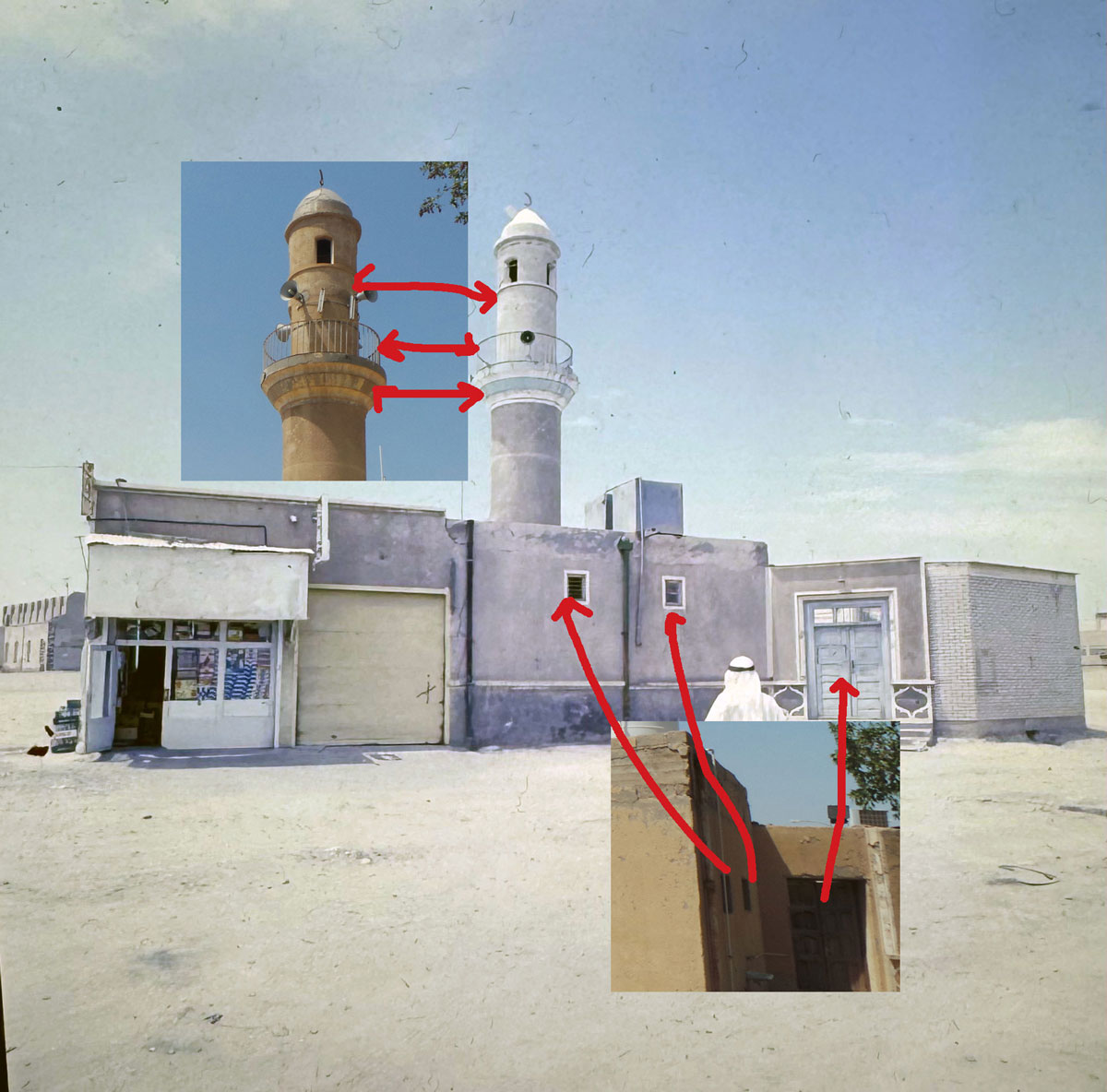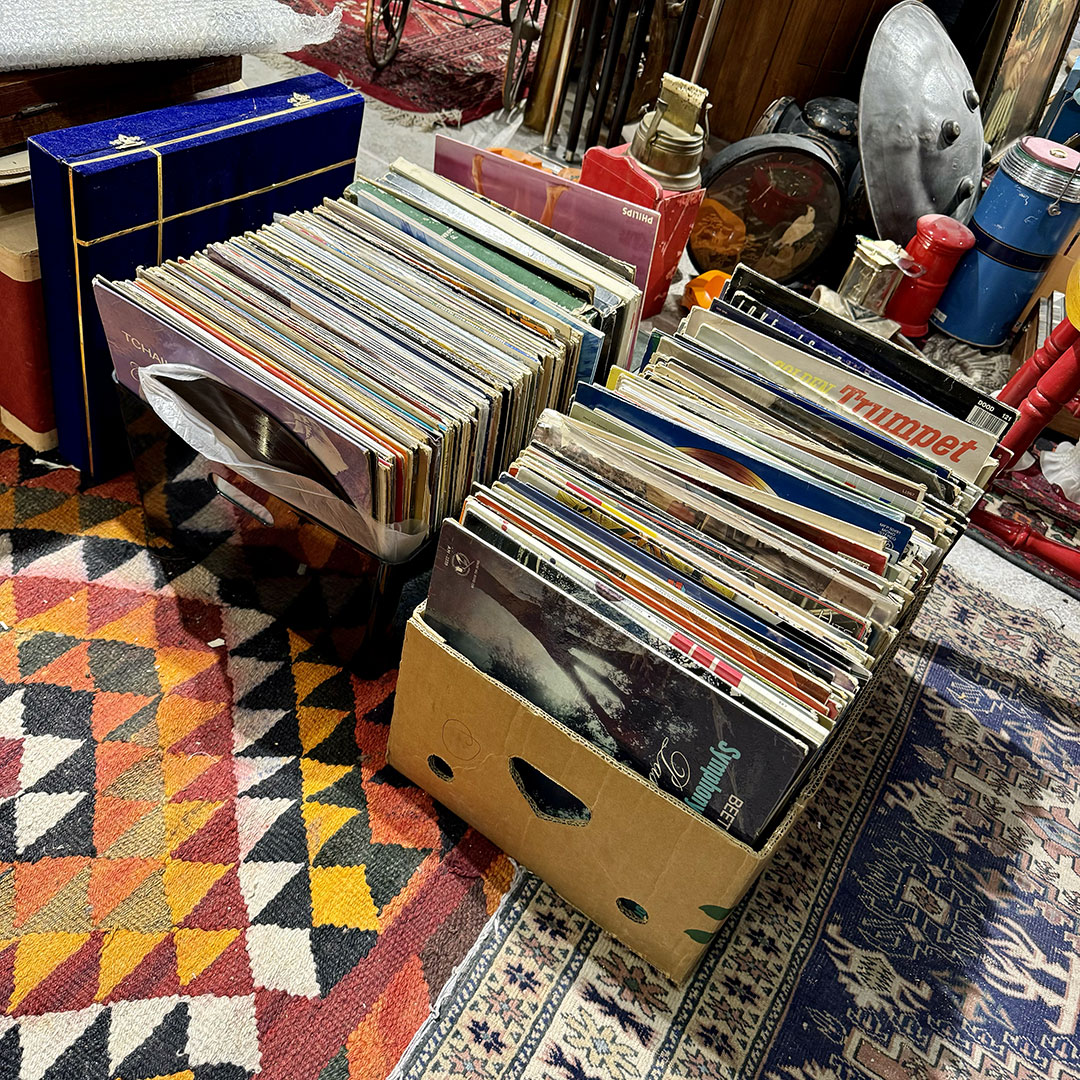
As you’re probably aware by now, a few weeks ago I got access to Tareq Rajab Museums’ (@trmkuwait) private photography archive. While going through the photos I found ones of the British Embassy under construction, as well an aerial photo showing the embassy with two large buildings in the background. The other two buildings were the Sheikh Khazal’s Palace (Bayt Al Ghanim), and Diwan Sheikh Khazal (Sheikh Abdullah Al Jaber Palace).
The three buildings are still there today, but only the British Embassy is not falling apart and is still being used today. So, I reached out to @ukinkuwait for some information on the building, and what they shared was very fascinating.

The embassy was commissioned by the political agent Colonel Harold Dickson, and designed by architect Robert T. Russell, chief architect to the Government of India. The building construction was completed in 1935.
Harold Dickson and his wife Dame Violet Dickson (Umm Saud), were the first residents of the embassy. There have been 15 political agents and 21 ambassadors that have lived in the current residence.

The Residence was built with Basra Bricks and steel girders from Scotland. It was the first building in Kuwait built with steel girders which allowed rooms to be bigger than the height of a tree. At the time it was built, the building was really stunning for guests because they had never been in such large rooms.
The house originally was heated in the winter by 12 wood/coal burning fireplaces. All but three have been enclosed and are no longer used except as a decorative piece. The main terrace is designed in an arc to help catch the sea breeze and that a portion of it will always be in the shade to help create a natural breeze when the wind is not blowing in the summer.

Originally the embassy did not have AC and at that time it was normal in the middle east for people to sleep on the roof during the summer. Colonel Dickson and his family did that as well. But, the colonel was a bad sleepwalker and his wife Violet was scared he would walk off the roof since there were no railings. Initially, she tied his toe to the bed to keep him safe. Later she had a custom 2-inch-deep bath made that was the size of his bed. When he went to get out of bed, he stepped into the water and woke himself up.

On the first day of the 1990 Iraq invasion, the Ambassador then, Michael Weston calculated the embassy had 30 days supply of food and water for himself and his head of the Political Section Larry Banks. More than 5 months later, surviving on a little more than canned food and stagnant water (they drank the swimming pool), Ambassador Weston and his head of Political, locked the Embassy and climbed out a window and made their way to Baghdad until the coalition forces assisted in liberating Kuwait a little over a month later.

Today, the British Embassy residence is still used as the ambassador’s residence, and so is considered to be the oldest continually occupied residential building in Kuwait.
Note: The colored photo is by Verity Cridland and taken in the early 60s.
































































